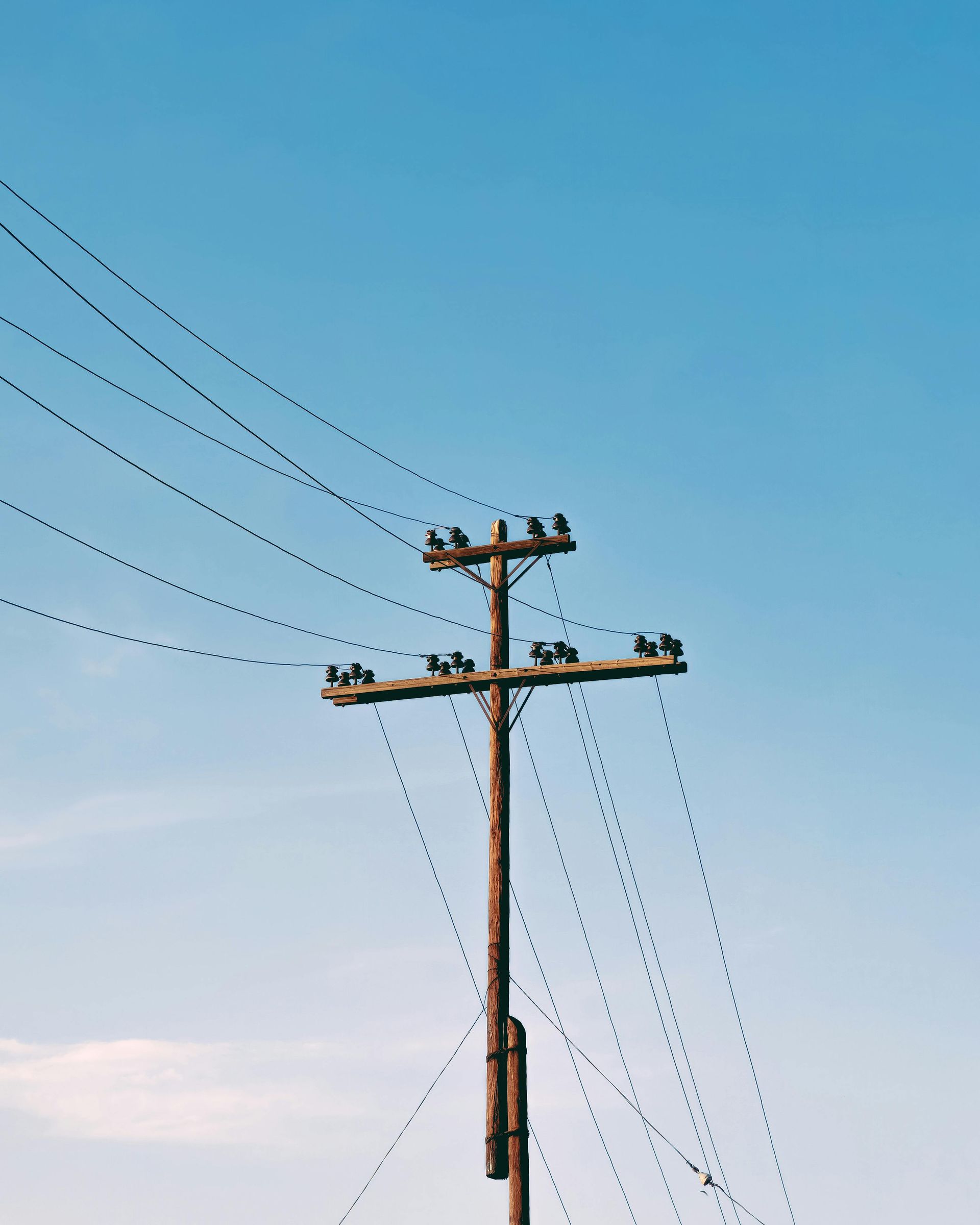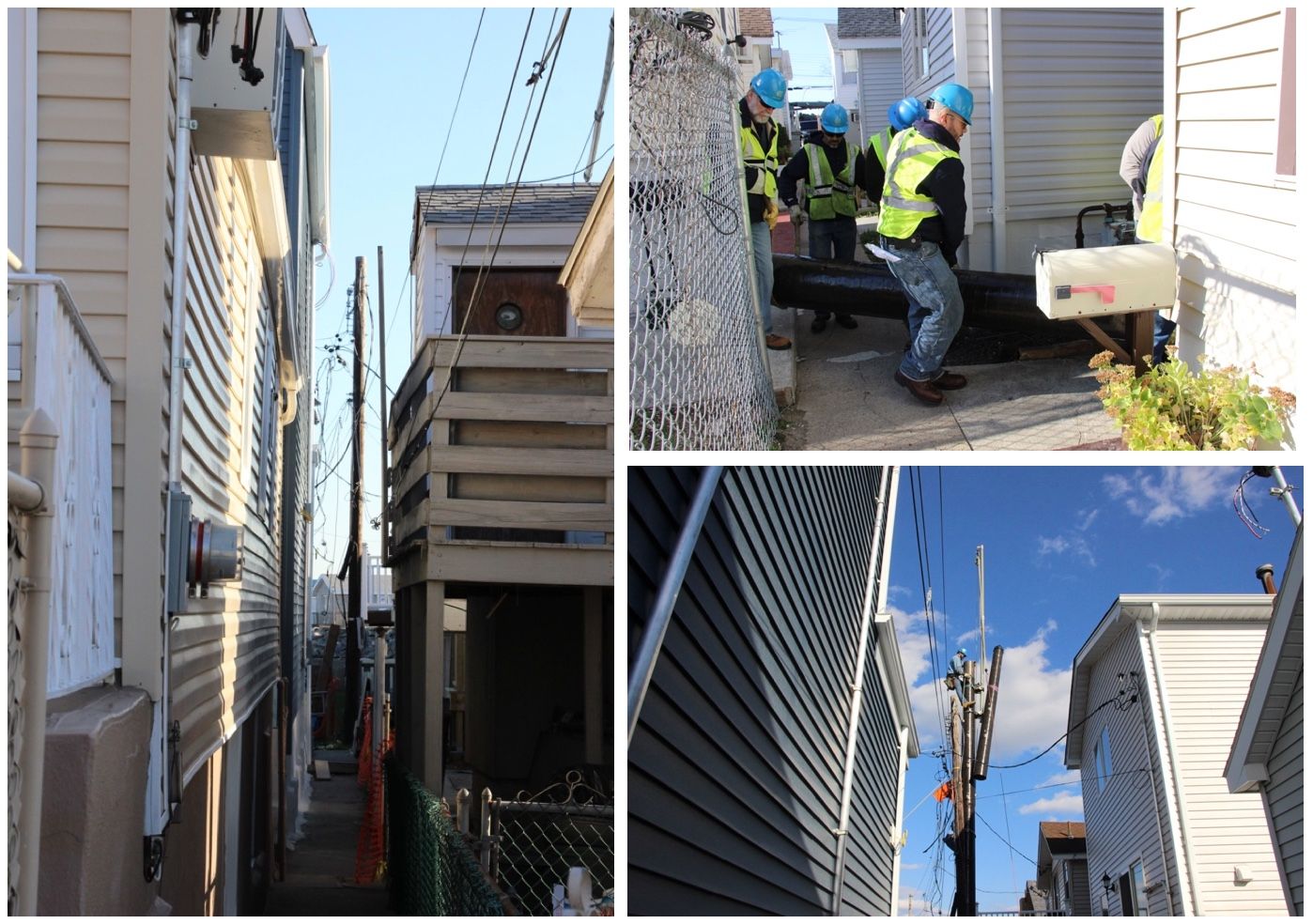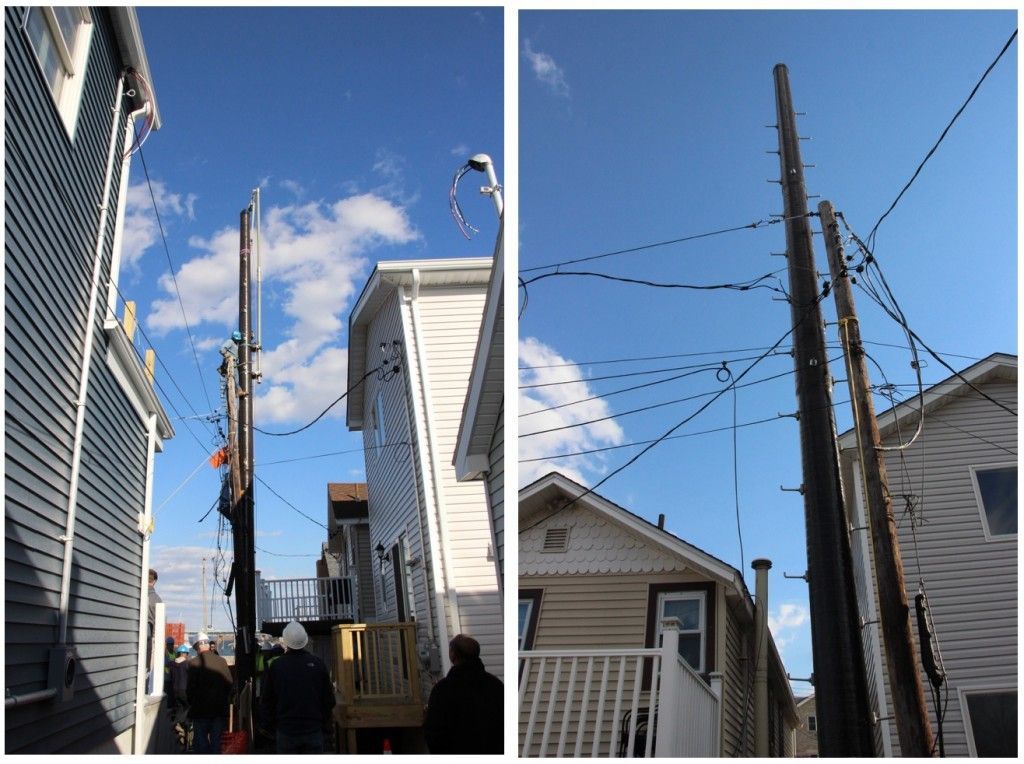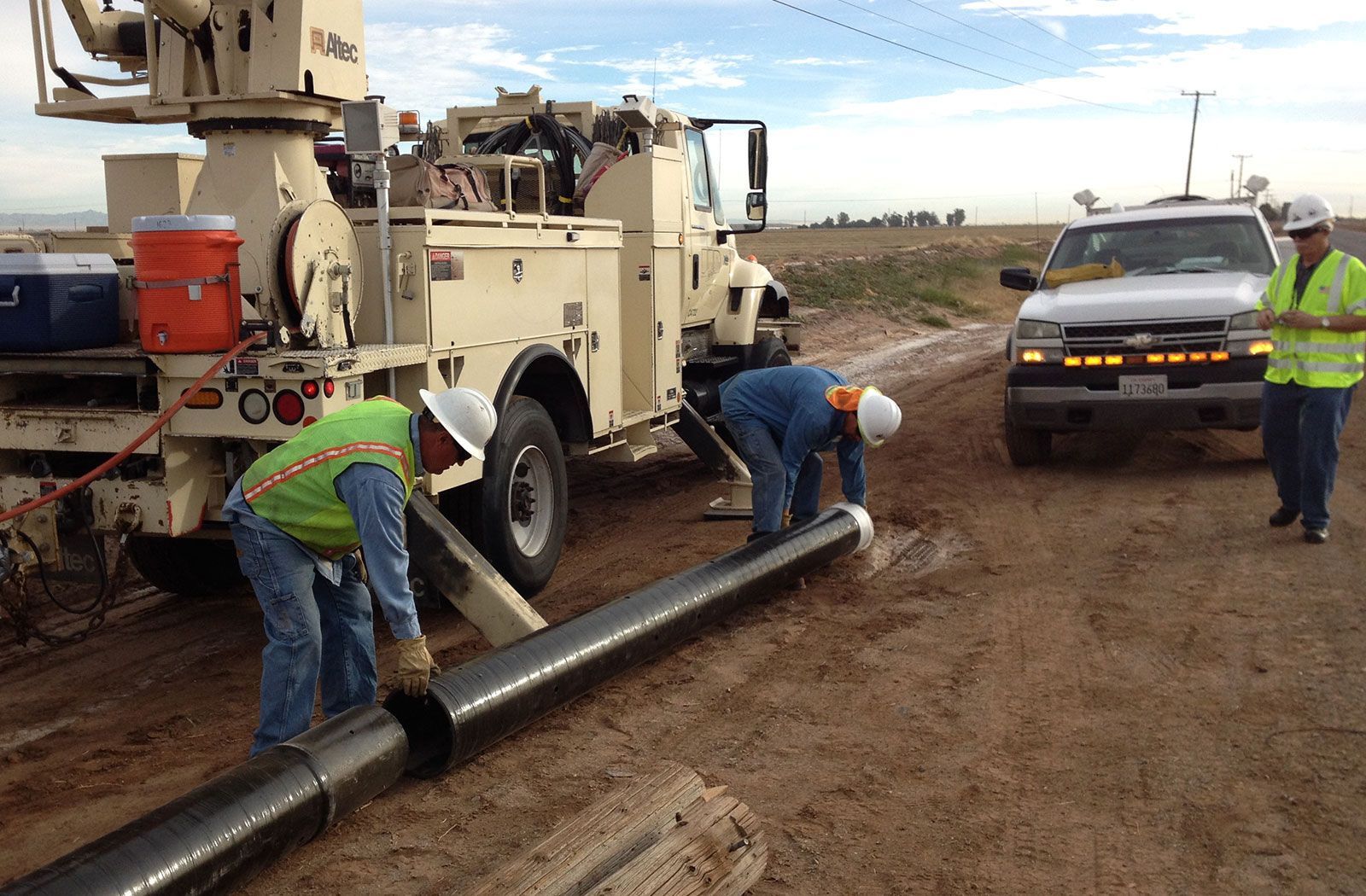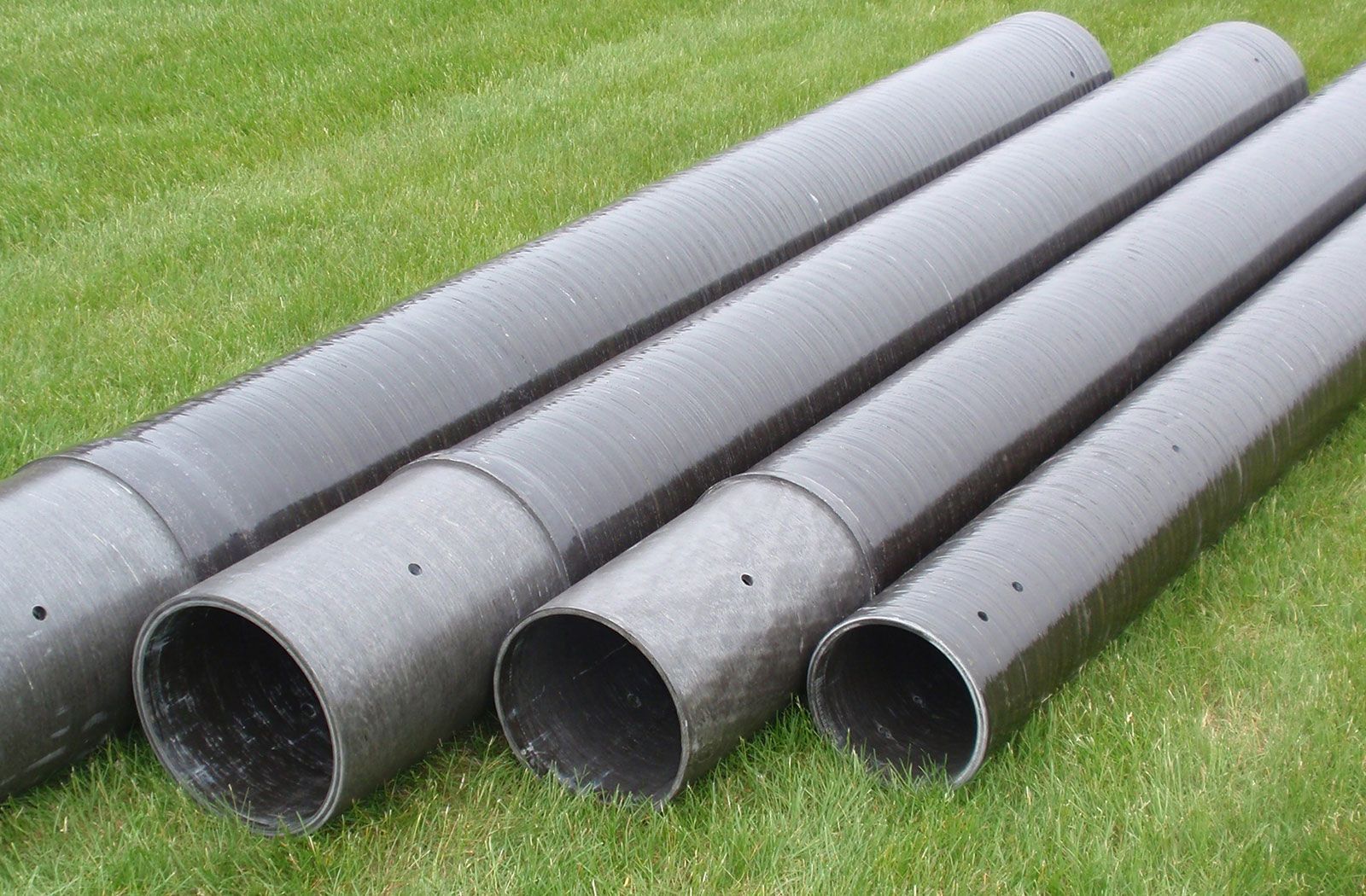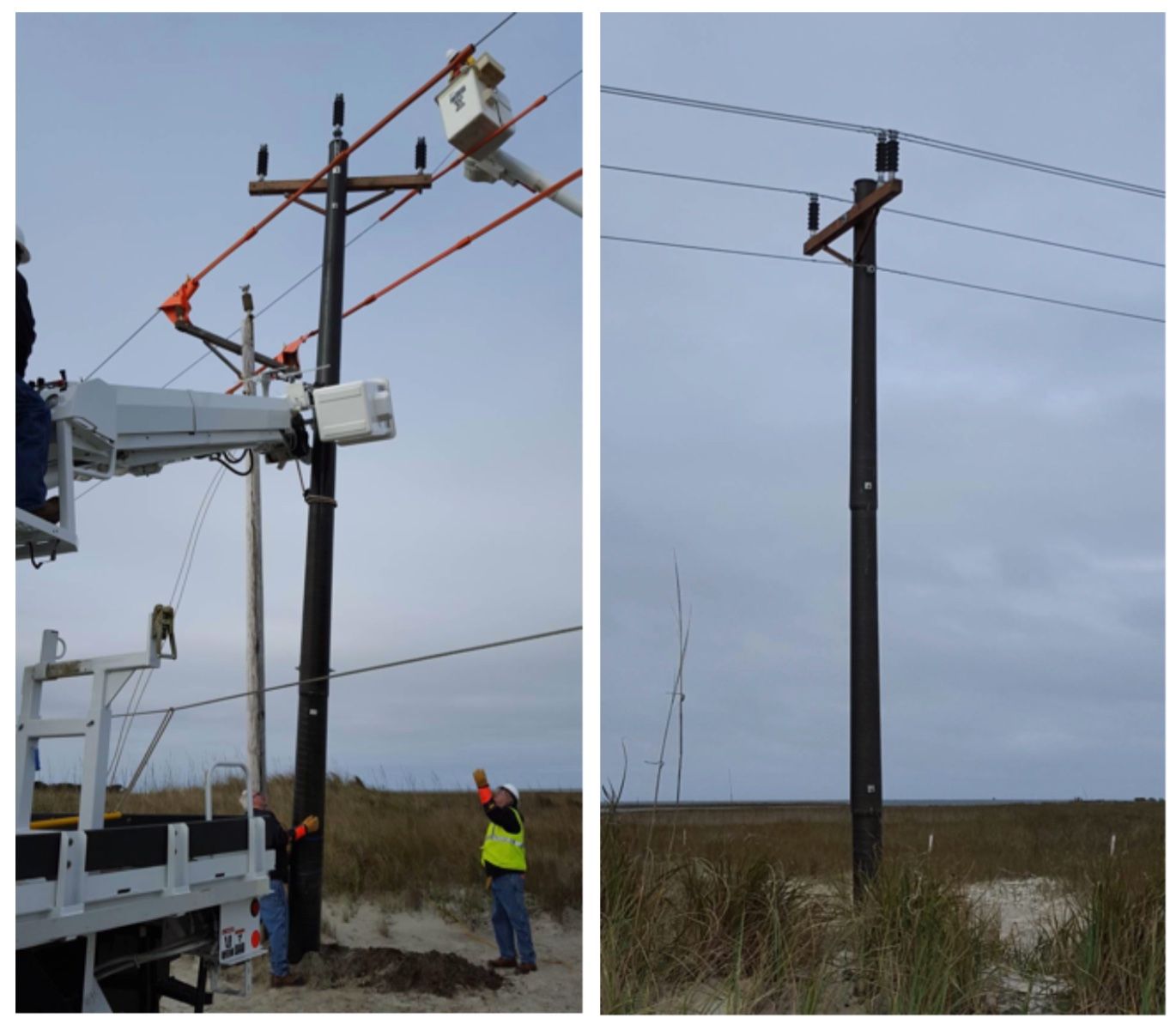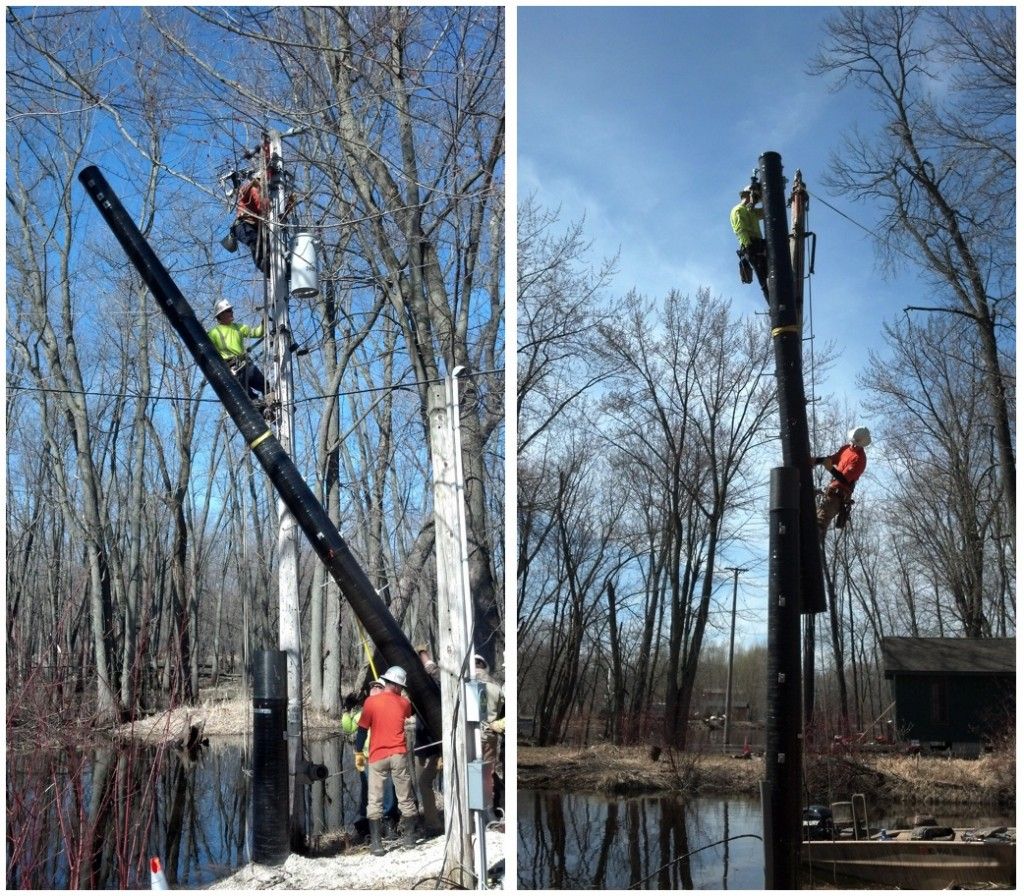Types of Utility Poles: Wood vs. Steel vs. Concrete vs. Composite—Which Fits Your Project?
Types of Utility Poles: Wood vs. Steel vs. Concrete vs. Composite—Which Fits Your Project?
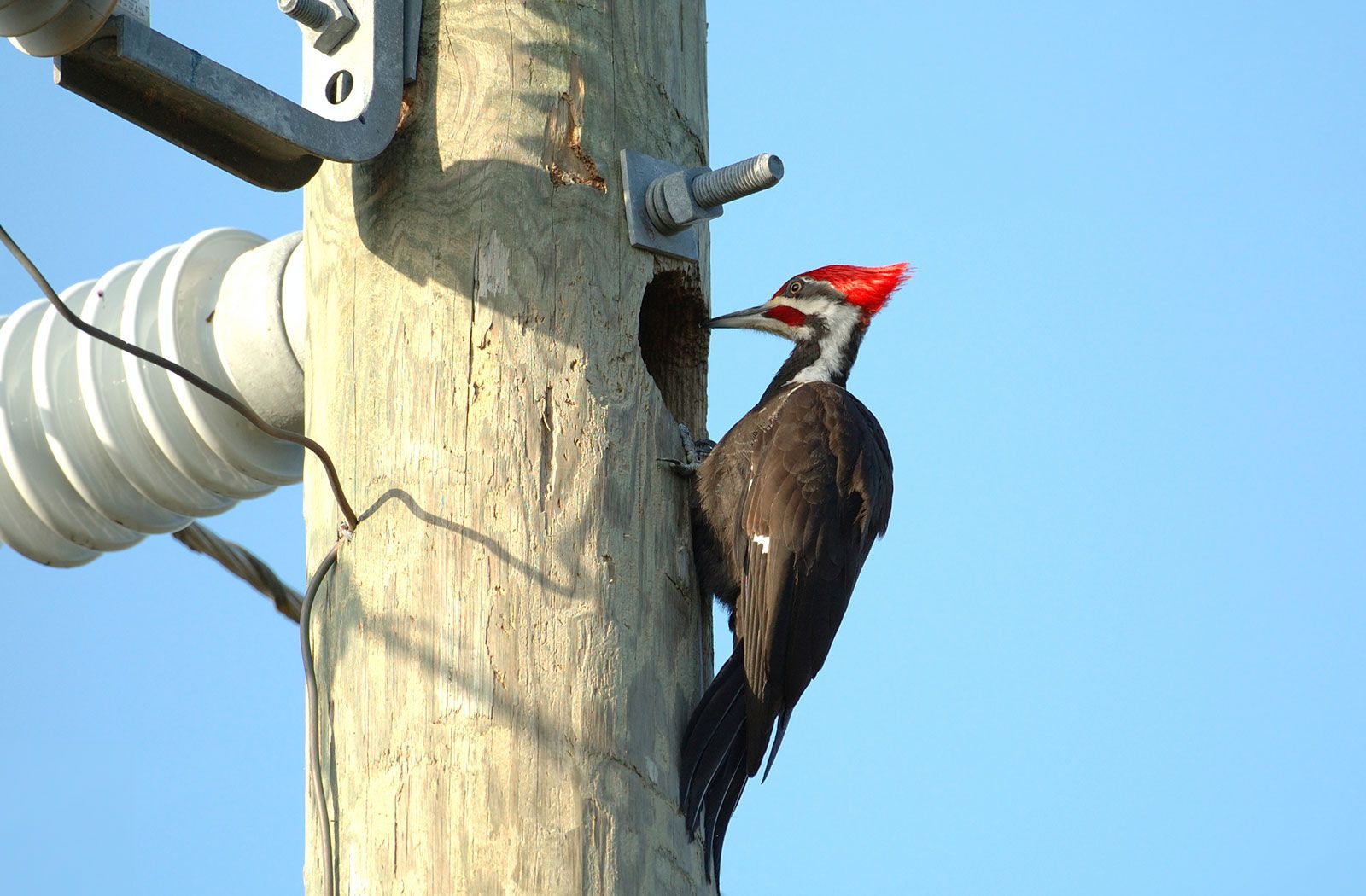
Why material choice matters
When teams search for types of utility poles or a replacement power pole, they’re weighing reliability, constructability, and total cost across decades. The legacy options—wood, steel, and concrete—are familiar and widely available. Composite poles, meanwhile, are now standard in programs focused on storm hardening, remote access, and predictable maintenance. This guide compares the four categories and offers a fast way to match material to environment, regulations, and budget.
Wood utility poles
Wood remains the historical default thanks to upfront price, workable dimensions, and a huge contractor base. Crews know how to climb and service it, and rural inventories are easy to source. Tradeoffs show up later: vulnerability to rot, insects, and wildlife; varying preservative treatments; and frequent inspection/retreatment cycles. Over long planning horizons, replacements bring truck rolls, traffic control, disturbed yards, and community fatigue—especially in narrow rights-of-way.
Steel utility poles
Steel provides consistent dimensions, tight tolerances, and high strength for a given diameter. It’s useful where clearances matter or where you need taller structures on small footprints. The challenge is corrosion in coastal air, industrial atmospheres, and areas with road salt. Coatings and inspections must be budgeted for decades, and grounding is critical in lightning-prone regions. When coatings fail, remediation can be disruptive and expensive.
Concrete utility poles
Concrete resists rot and insects and can perform well under certain wind and ice regimes. Its constraint is mass. Transport, staging, and setting require heavier equipment and broader access. In back-lot replacements, wetlands, or steep terrain, simply reaching the hole can dominate the schedule and budget. Heavier lifts also increase safety exposure and restoration time after storms.
Composite utility poles
Composite poles pair high strength-to-weight with corrosion-free, rot-free performance. Intelli-Pole’s sectional design uses short, lightweight segments that crews can hand-carry and assemble vertically at the hole—eliminating the tilt-up path in alleys and yards and reducing equipment needs on soft ground. Composites perform in wind, ice, salt, and UV without routine coating or retreatment cycles. Over time, fewer truck rolls and replacements lower total cost while improving safety and community relations.
Quick selector: match pole to project
- Back-lot replacements & tight ROWs: Favor low weight and short segments. Composite minimizes property impact and worker exposure.
- Coastal, high-UV, or industrial zones: Avoid corrosion and rot; composite reduces inspection burden and extends service life.
- Storm-hardening corridors: Look for strength-to-weight, impact resilience, and designs that limit cascading failures.
- Remote terrain & wetlands: Sectional construction cuts logistics cost and ground disturbance; helicopter or small-crane friendly.
Planning tips and next steps
Don’t just compare day-one prices. Build a total-cost model that includes inspection cycles, coatings/treatments, replacement frequency, traffic control, restoration, and outage penalties. Then align stakeholders with simple references: materials overview here, installation methods next, and final specifications before procurement.
See environment-specific examples onApplications and quantify long-term economics onBenefits.

